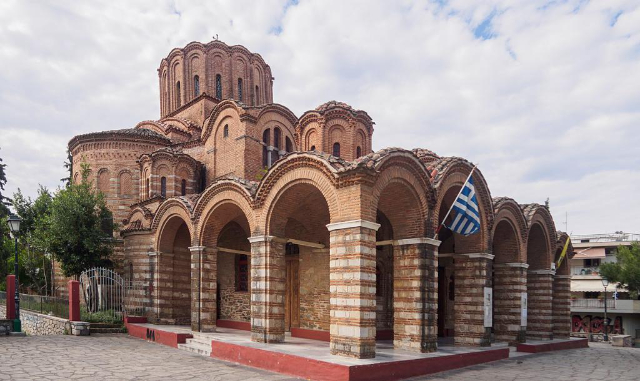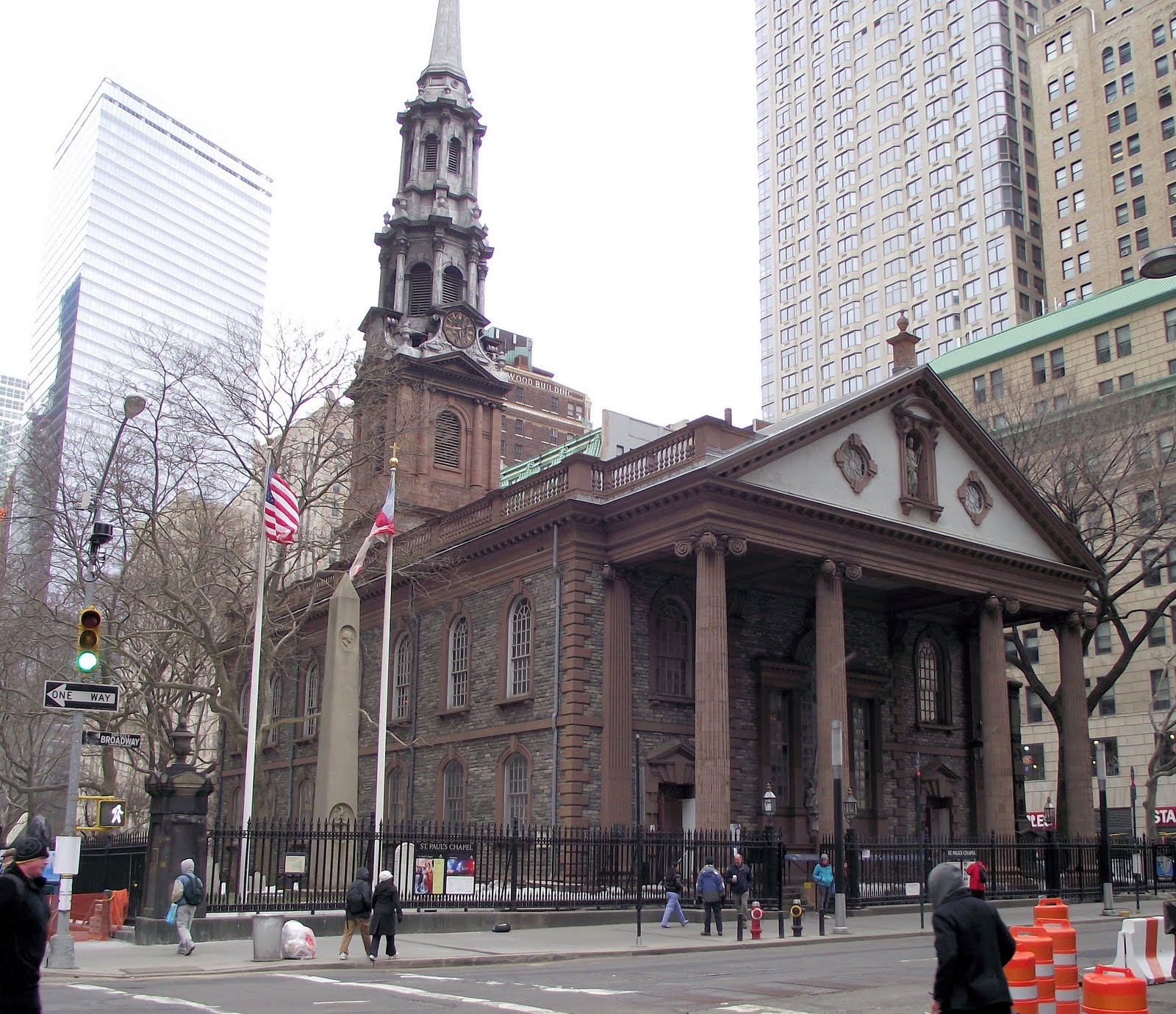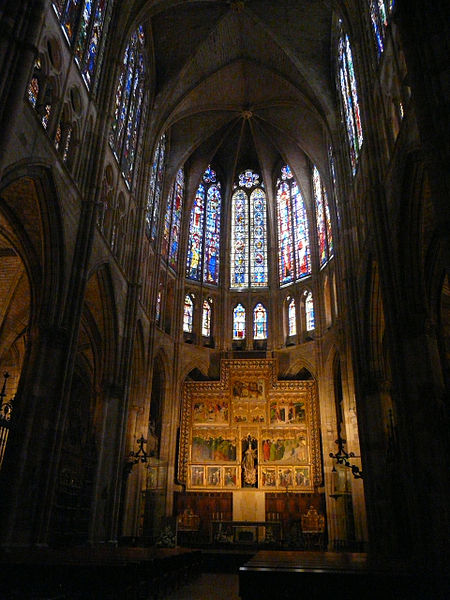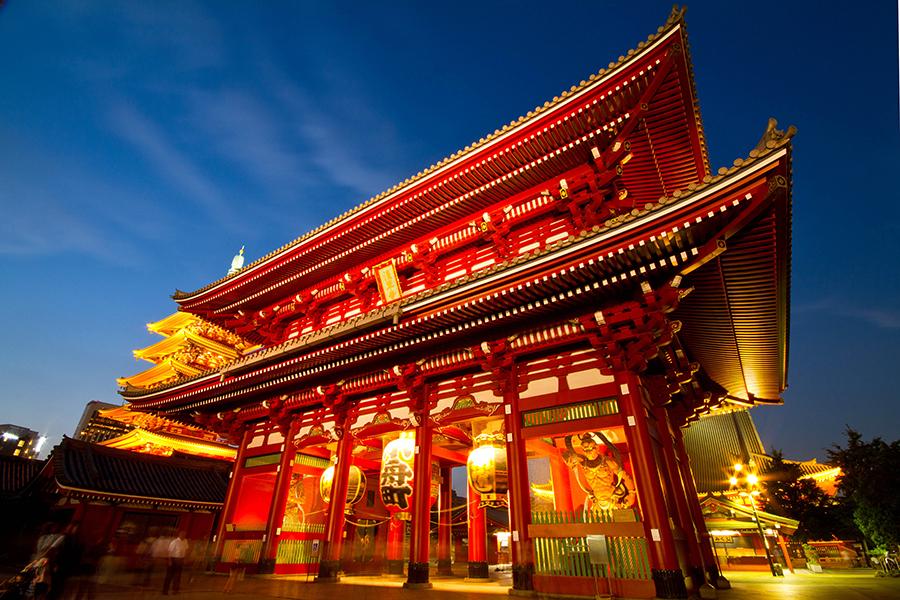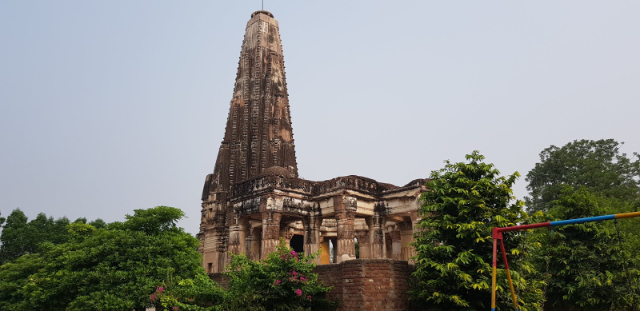The Church of Prophet Elias, with its distinctive red and white brick exterior, is a captivating architectural masterpiece that transports you back to the year 1360. This remarkable church has earned its place as a UNESCO World Heritage Site, making it a must-visit attraction when exploring the city of Thessaloniki. As you approach this ancient place of worship, you’ll be greeted by its imposing presence and a history that stretches back centuries.
Once inside, the Church of the Holy Apostles reveals an intriguing blend of religious influences, reflecting the city’s diverse history. When the Ottoman Empire assumed control of Thessaloniki in 1430, the church became a site where remnants of both Islam and Orthodox Christianity coexist. This fusion of faiths is a testament to the rich tapestry of the city’s history.
Walking through the halls of the Church of the Holy Apostles, you’ll encounter a unique convergence of religious art and cultural heritage. The remnants of the city’s Islamic past are intertwined with Orthodox Christian traditions, creating an atmosphere of historical significance and spiritual diversity.
Intricate details and architectural elements showcase the church’s transition through various epochs, offering visitors a glimpse into the complex and multifaceted history of Thessaloniki. The Church of the Holy Apostles provides a tangible connection to the city’s past, where different faiths and cultures intertwined, and its walls have borne witness to centuries of change.
As you explore this extraordinary site, you’ll not only uncover a remarkable chapter in Thessaloniki’s history but also gain a deeper appreciation for the city’s cultural heritage, where the legacies of both Christianity and Islam converge, allowing visitors to witness the enduring legacy of faith and history in this vibrant city.
